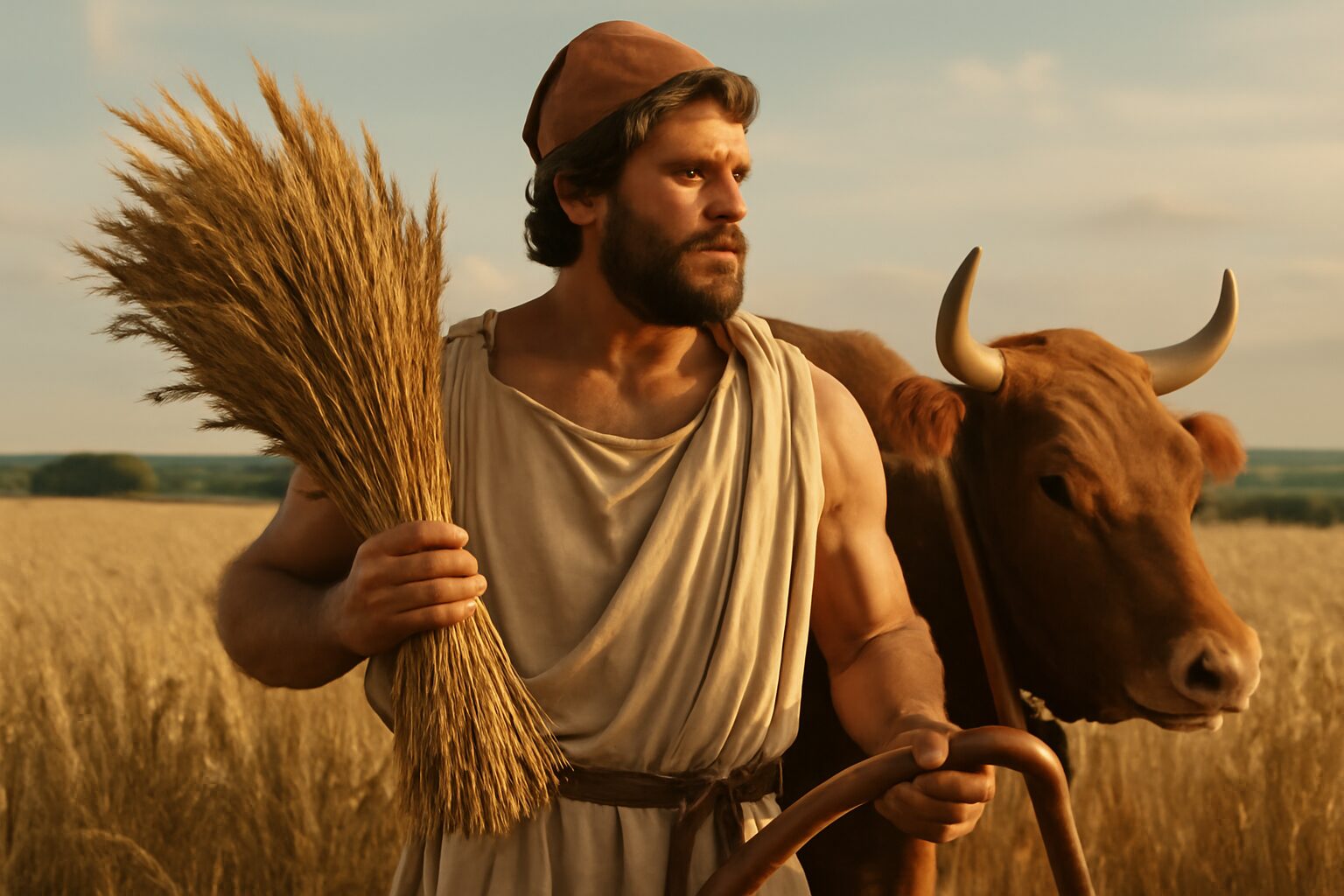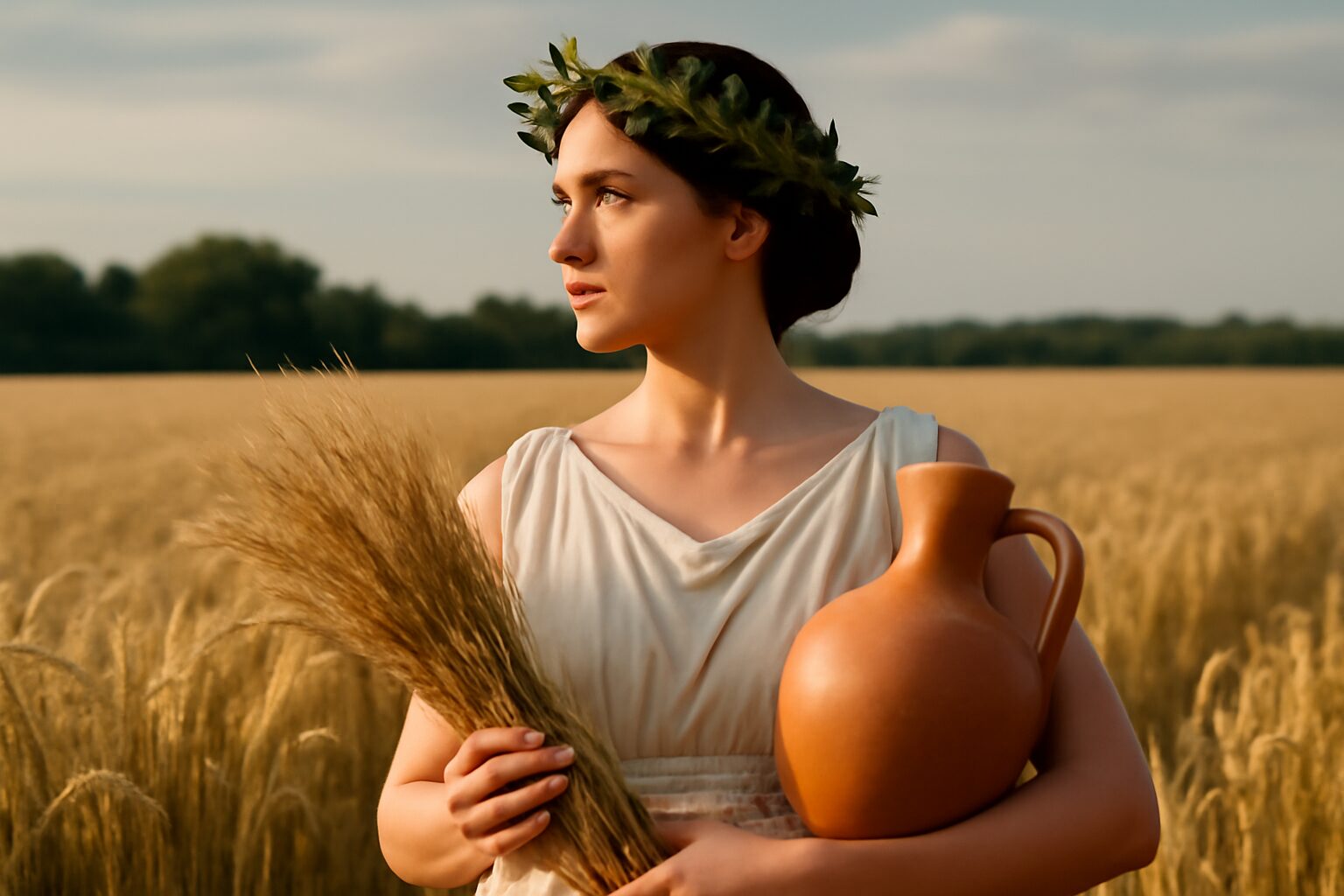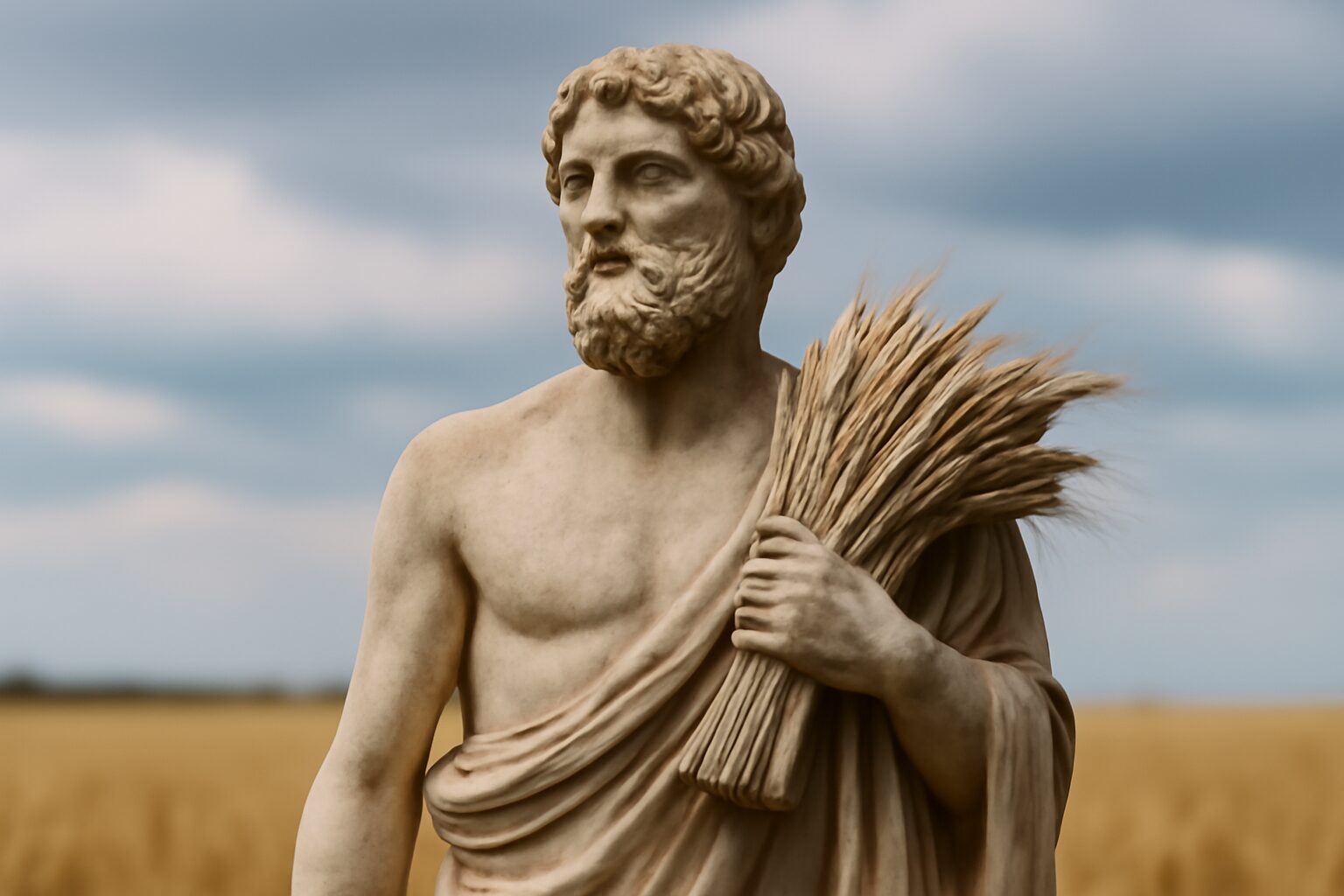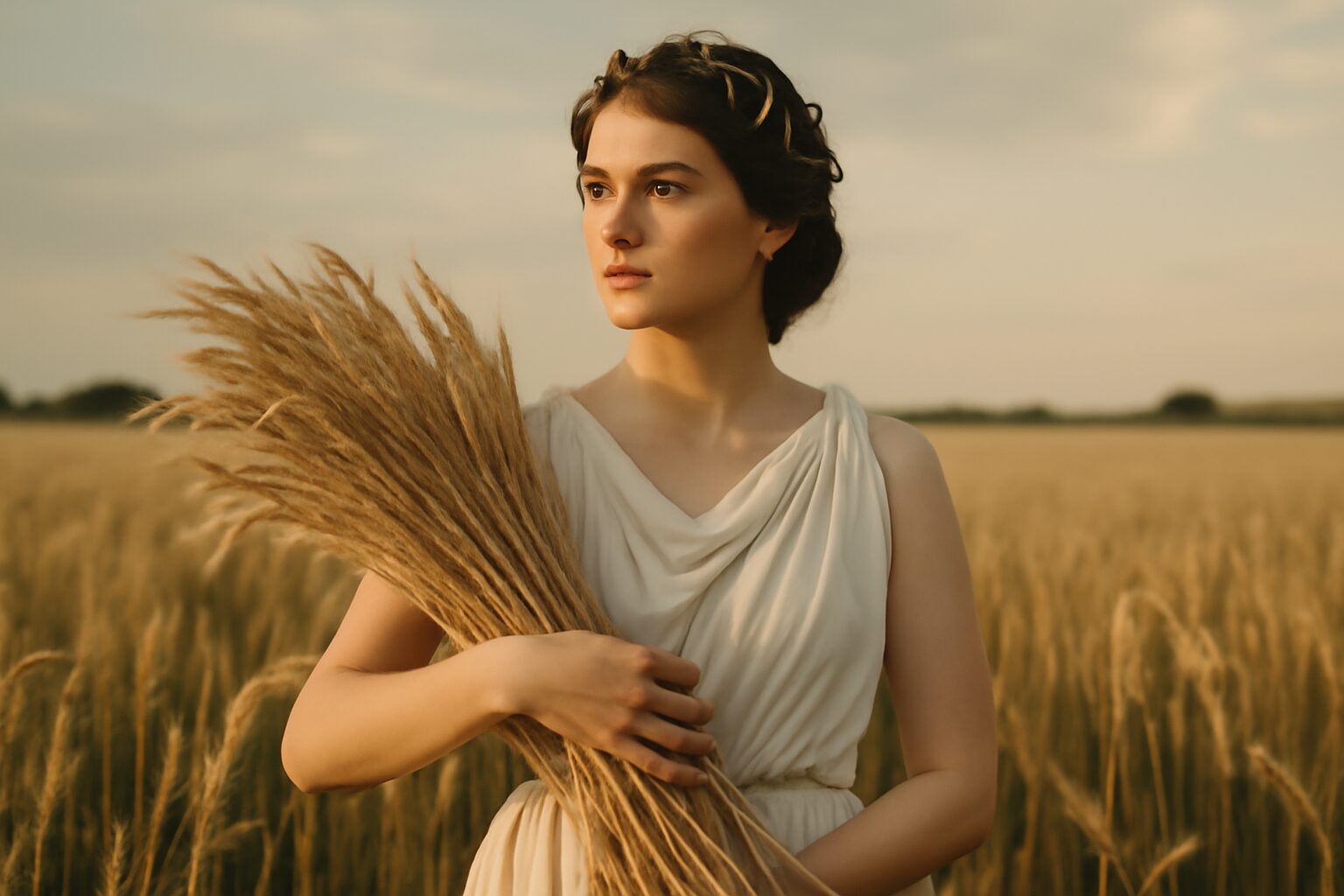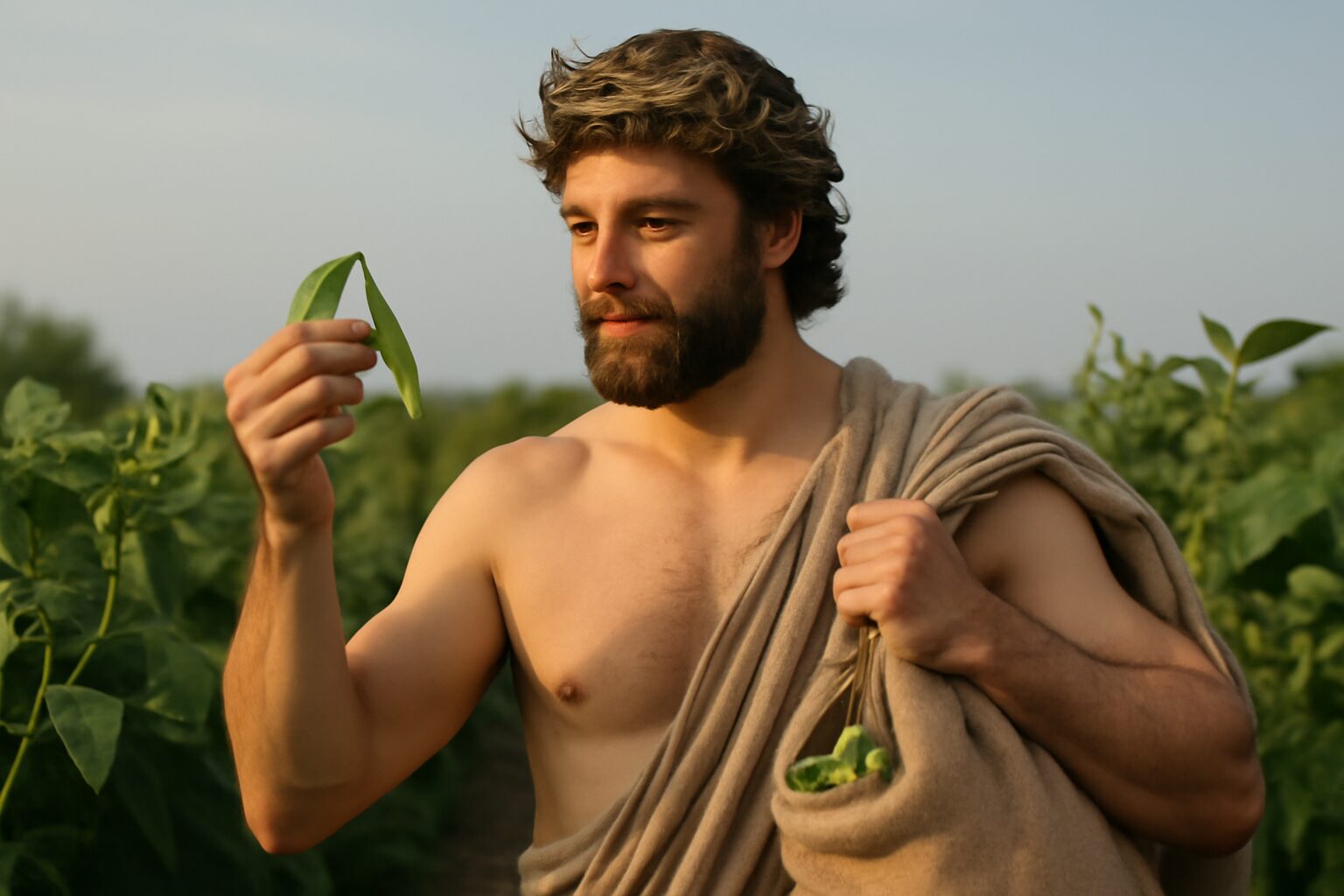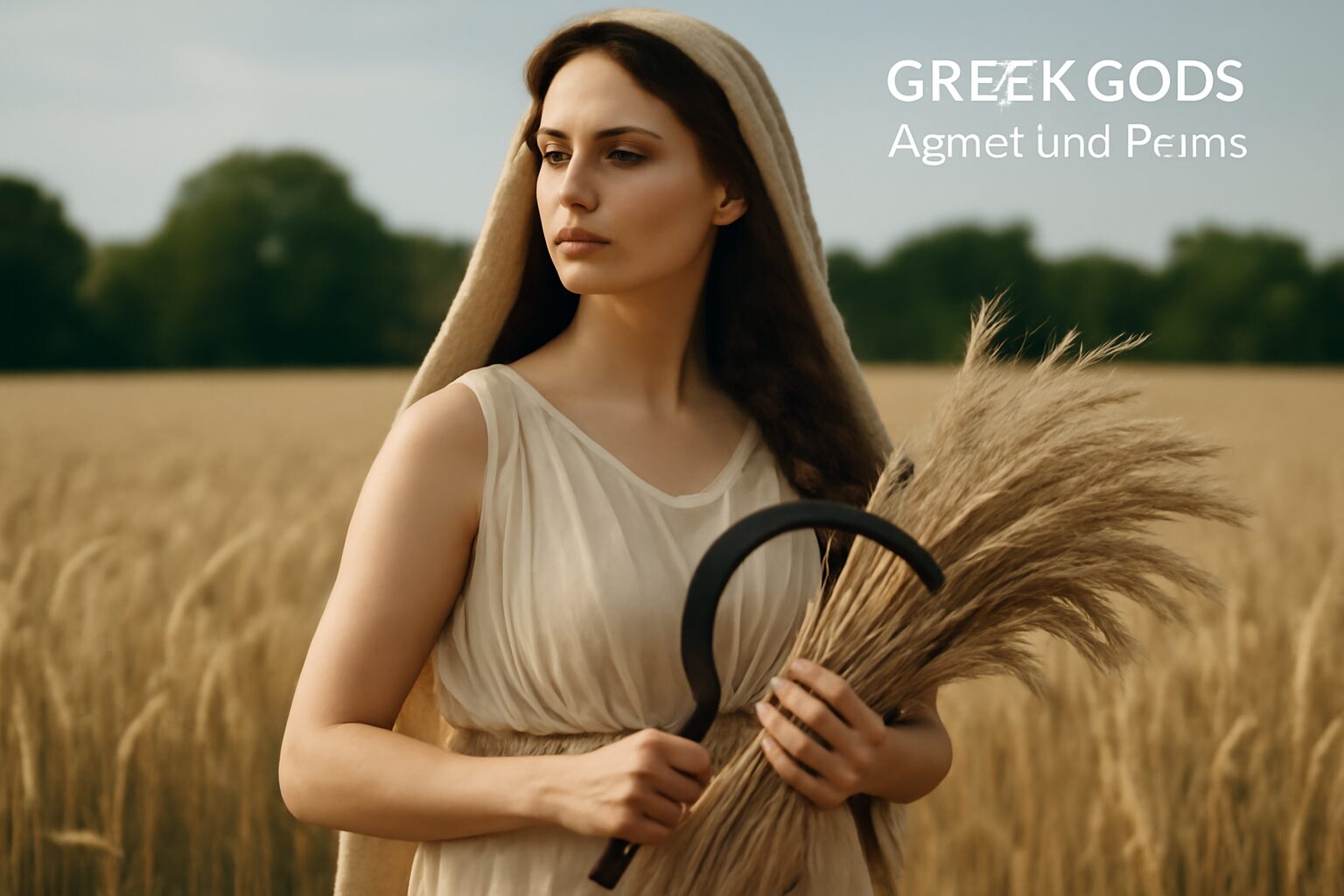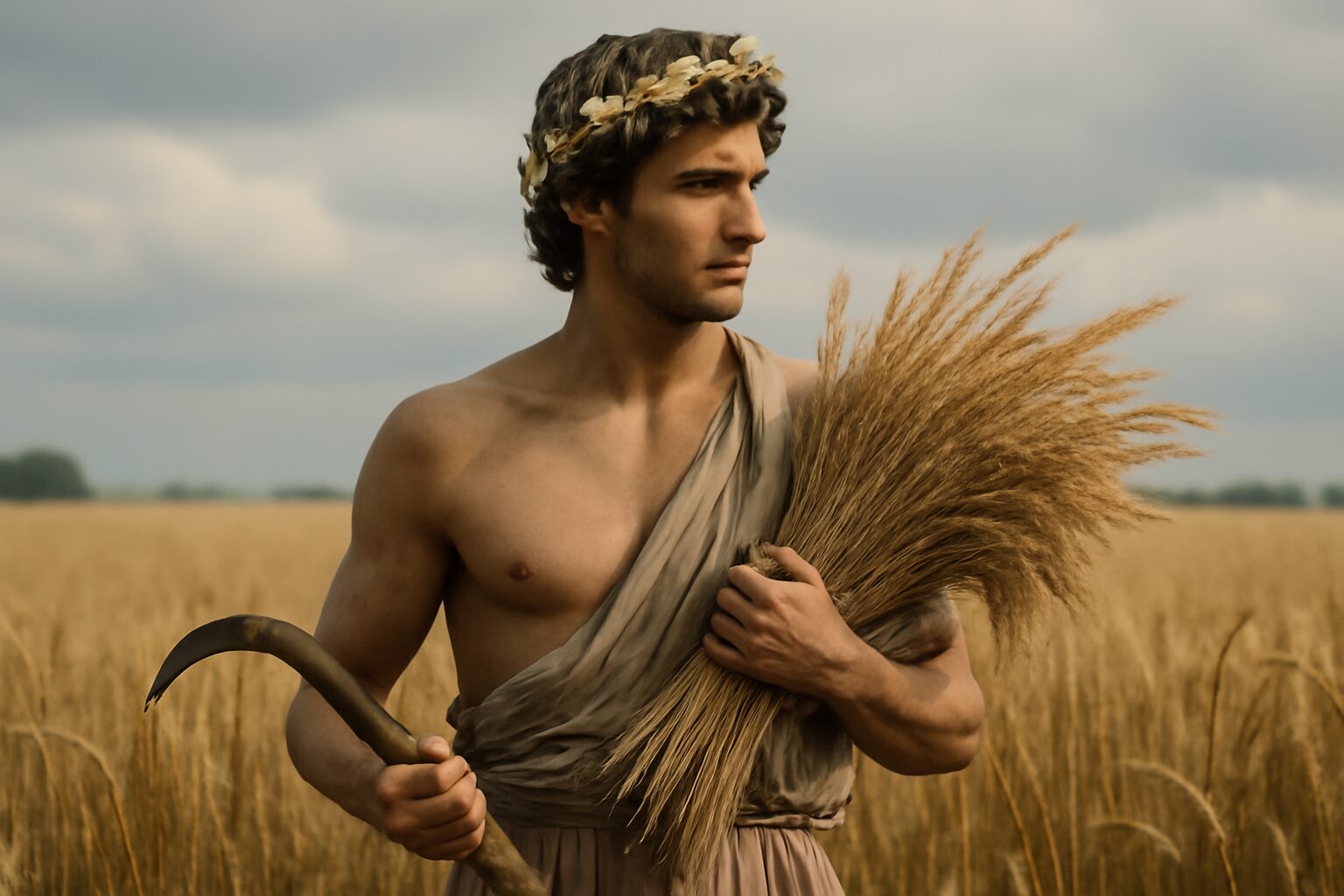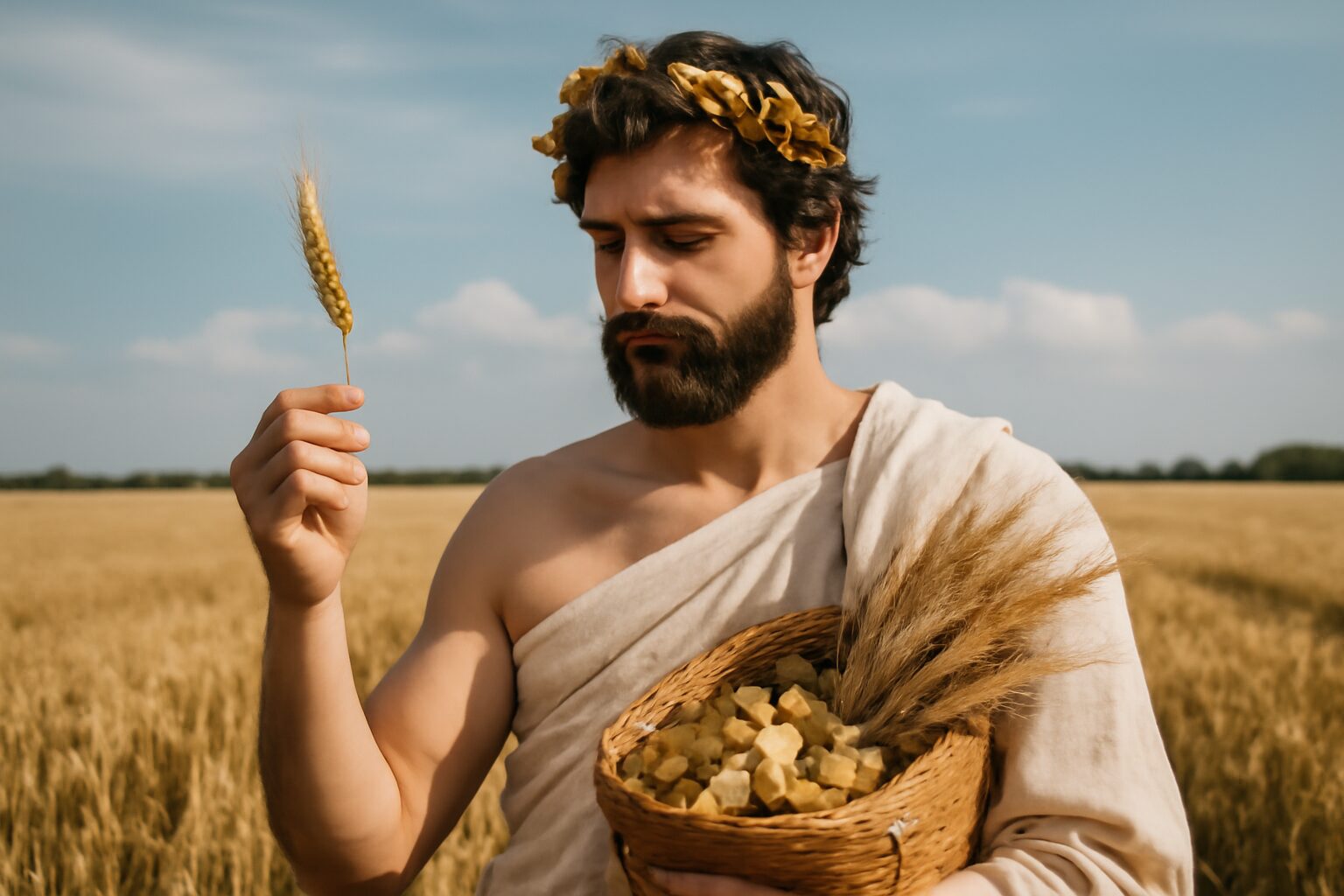Bootes: The Celestial Herdsman of Greek Mythology
In Greek mythology, Bootes (also spelled Boötes) is a figure associated with agriculture, herding, and the night sky. His name translates to "the herdsman" or "the plowman," reflecting his connection to the land and the stars. While not one of the major Olympian gods, Bootes holds a unique place in mythology as both a mortal hero and a constellation.
The Myth of Bootes
There are several versions of Bootes' origin story. One popular myth identifies him as Arcas, the son of Zeus and the nymph Callisto. After Callisto was transformed into a bear by Hera, Arcas nearly killed his mother while hunting. To prevent tragedy, Zeus placed them both in the sky—Callisto as the constellation Ursa Major (the Great Bear) and Arcas as Bootes, forever watching over her.
Another tradition portrays Bootes as Icarius, an Athenian who learned winemaking from Dionysus. When Icarius shared wine with shepherds, they became intoxicated and, thinking they'd been poisoned, killed him. His faithful dog Maera led Icarius' daughter Erigone to his body, after which all three were placed in the sky—Icarius as Bootes, Erigone as Virgo, and Maera as the star Procyon.
Bootes in the Night Sky
The constellation Bootes is one of the most prominent in the northern hemisphere, easily identified by its bright star Arcturus (meaning "bear guard"). Ancient Greeks saw Bootes as holding the leash of the hunting dogs (Canes Venatici) while driving the bears (Ursa Major and Minor) around the celestial pole.
In astronomical terms, Bootes appears to follow the Great Bear in its nightly journey across the sky, reinforcing his mythological role as guardian and herdsman. The constellation's shape resembles a kite or ice cream cone, with Arcturus marking its base.
Cultural Significance
Bootes represented important agricultural concepts to the ancient Greeks. His appearance in the spring sky coincided with planting season, making him a symbol of fertility and harvest. Some scholars suggest he may have originally been a vegetation deity before being incorporated into the stellar myths.
The figure of Bootes also appears in other cultures' star lore, often maintaining his agricultural associations. The Babylonians knew him as their god Enlil, while the Egyptians associated him with Osiris, further demonstrating the universal human tendency to see our earthly concerns reflected in the heavens.
Alternative Names for Bootes
God Name: Arcturus (Roman)
In Roman mythology, Bootes was sometimes associated with the star Arcturus, the brightest star in the constellation Bou00f6tes. The name Arcturus means 'Guardian of the Bear,' referencing its proximity to Ursa Major and Minor.
God Name: Arktophylax (Greek)
An alternative Greek name for Bootes, meaning 'Bear Watcher' or 'Guardian of the Bear,' highlighting his mythological role in watching over the constellations Ursa Major and Ursa Minor.
God Name: Philomelos (Greek)
A lesser-known epithet for Bootes, meaning 'Friend of Apples' or 'Lover of Fruit,' possibly referencing his association with agriculture and the harvest.
God Name: Bubulcus (Roman)
A Latin name meaning 'Plowman' or 'Herdsman,' emphasizing Bootes' role as an agricultural deity linked to farming and cattle herding in Roman interpretations.
Tales about Bootes
The Herdsman and the Healing Goddess
In the golden age of Arcadia, Bootes tended his celestial cattle with unwavering devotion. One fateful season, a mysterious blight swept through his herd, causing the animals to fall gravely ill despite his careful ministrations. Desperate, Bootes journeyed to the sacred groves where Aceso, goddess of the healing process, watched over convalescence and recovery.
A Divine Intervention
Aceso, moved by the herdsman's genuine distress, appeared amidst the silver-leafed trees. "Your animals suffer not from common illness," she revealed, "but from a shadow cast by neglect of the healing arts." She taught Bootes how to create poultices from moon-touched herbs and how to sing healing hymns that would strengthen both body and spirit.
Under Aceso's guidance, Bootes learned that true healing requires patience as much as knowledge.
Through forty days and nights, Bootes applied these divine techniques until his herd regained its health and vitality. In gratitude, he carved Aceso's symbol—a serpent entwined around a blossoming branch—into his shepherd's crook, which to this day shines brightly in the constellation Ursa Major as a testament to their collaboration.
The Star-Driver and the River God
When a great drought parched the lands of Boeotia, Bootes found his pastures turning to dust and his cattle dying of thirst. The once-flowing streams had become mere trickles, and the people suffered greatly. Knowing the source of all fresh waters flowed from the domain of Achelous, the mighty river god, Bootes embarked on a perilous journey to the river's headwaters.
Bargain at the River's Source
Achelous, in his bull-horned majesty, rose from the waters as Bootes approached. "Why do you disturb my eternal flow, herdsman?" he bellowed, his voice like rushing cataracts. Bootes stood firm, describing the suffering of the land and his dying animals.
The river god proposed a challenge: "Drive your celestial oxen to plow a new channel from my banks to your pastures, and I shall fill it with my waters."
For seven nights, Bootes guided his oxen—the stars of the Big Dipper—across the heavens, carving a new path in the sky now known as the Milky Way. True to his word, Achelous sent his waters flowing along this celestial path, ending the drought and forever linking the river god's generosity with the herdsman's determination.
Frequently Asked Questions
Who is Bootes in Greek mythology?
Bootes is a figure in Greek mythology often associated with agriculture and farming. He is sometimes depicted as a plowman or herdsman and is linked to the constellation Bootes, which represents a herdsman driving oxen.
What are agricultural deities in Greek mythology?
Agricultural deities in Greek mythology are gods and goddesses associated with farming, crops, and the harvest. Examples include Demeter (goddess of grain and harvest) and Dionysus (god of wine and fertility), who were worshipped for their roles in ensuring bountiful harvests.
Why were agricultural gods important in ancient Greece?
Agricultural gods were vital in ancient Greece because farming was the backbone of their economy and survival. People relied on these deities for good harvests, fertile land, and protection from droughts or pests, making them central to daily life and religious practices.
How does Bootes relate to modern farming or agriculture?
While Bootes is not directly worshipped today, his mythological role as a herdsman or plowman symbolizes the timeless connection between humans and agriculture. Modern farmers might see him as a representation of the hard work and dedication needed to cultivate the land.
What can we learn from Greek agricultural deities like Bootes?
Greek agricultural deities teach us about the ancient Greeks' reliance on nature and their efforts to understand and influence it through religion. They highlight the importance of respecting the land and the cycles of growth, lessons that remain relevant in sustainable farming today.

